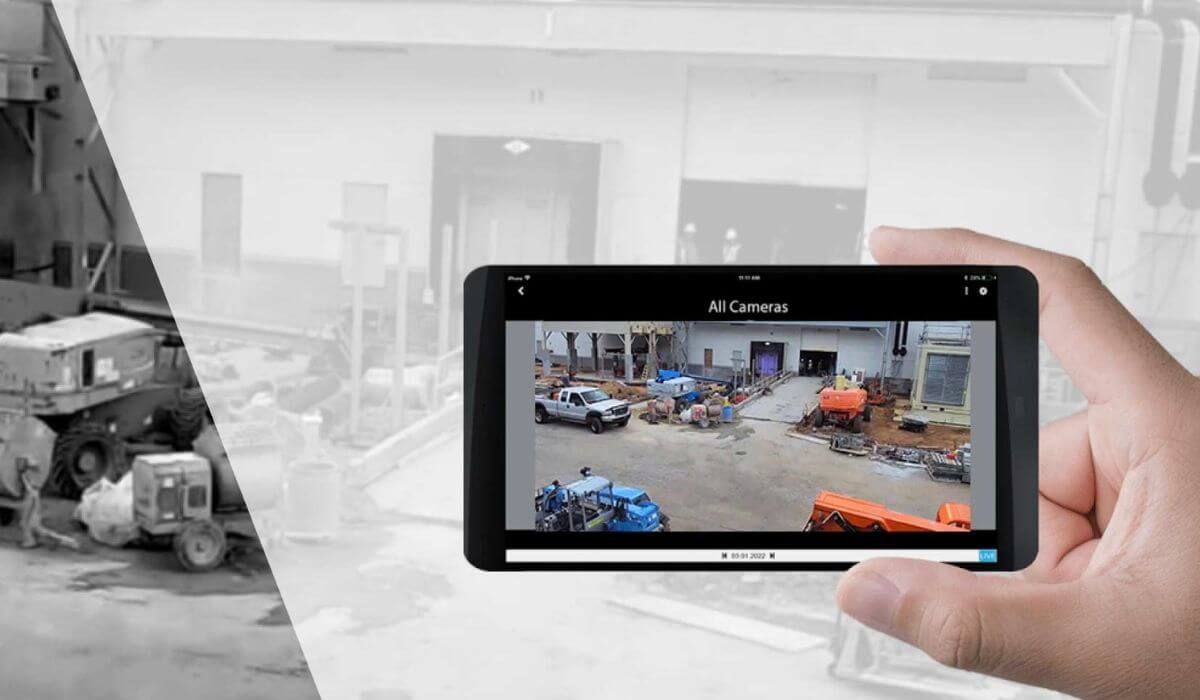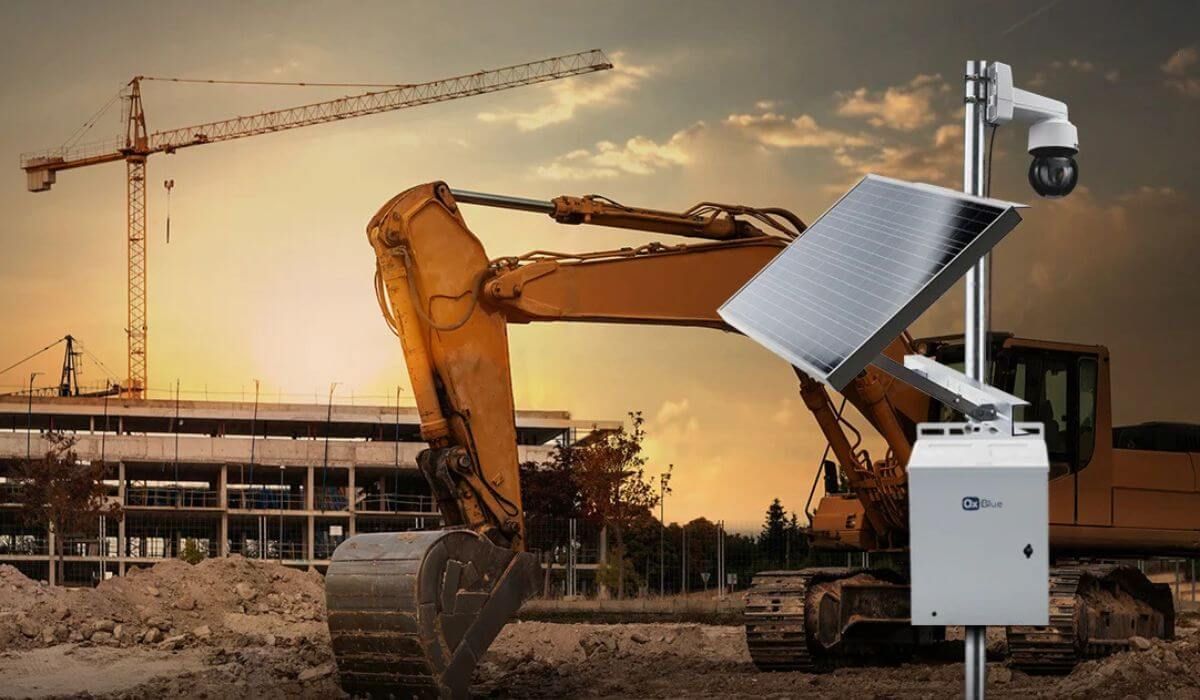Apartment Security Camera Rules in Australia Explained
Apartment Security Camera Rules in Australia Explained
In 2025, as apartment living becomes the norm for millions of Australians, security cameras have shifted from luxury items to everyday essentials. Sydney alone is home to over 600,000 apartment residents, and many are installing cameras in their units for peace of mind. But installing a camera in a shared residential building isn’t as simple as placing a device and hitting "record."
So what exactly are the rules when it comes to apartment security cameras in Australia? Whether you're a renter, owner, or part of a strata committee, understanding the legal framework is essential to avoid privacy breaches, disputes, or costly removals.
Let’s break down what’s allowed, what’s not, and how to stay compliant while keeping your apartment secure.
Can You Legally Install a Security Camera in an Apartment?
Yes—but with limitations. Under Australian privacy and surveillance laws, apartment residents are typically allowed to install security cameras inside their own private property. This includes placing a camera near your front door, inside your living room, or overlooking a balcony you exclusively occupy.
However, problems arise when cameras:
- Face shared spaces like hallways, lifts, or foyers
- Record audio without consent
- Capture footage of neighbours or guests in shared areas
In these cases, additional permissions may be required—often from the strata committee, building management, or even neighbours.
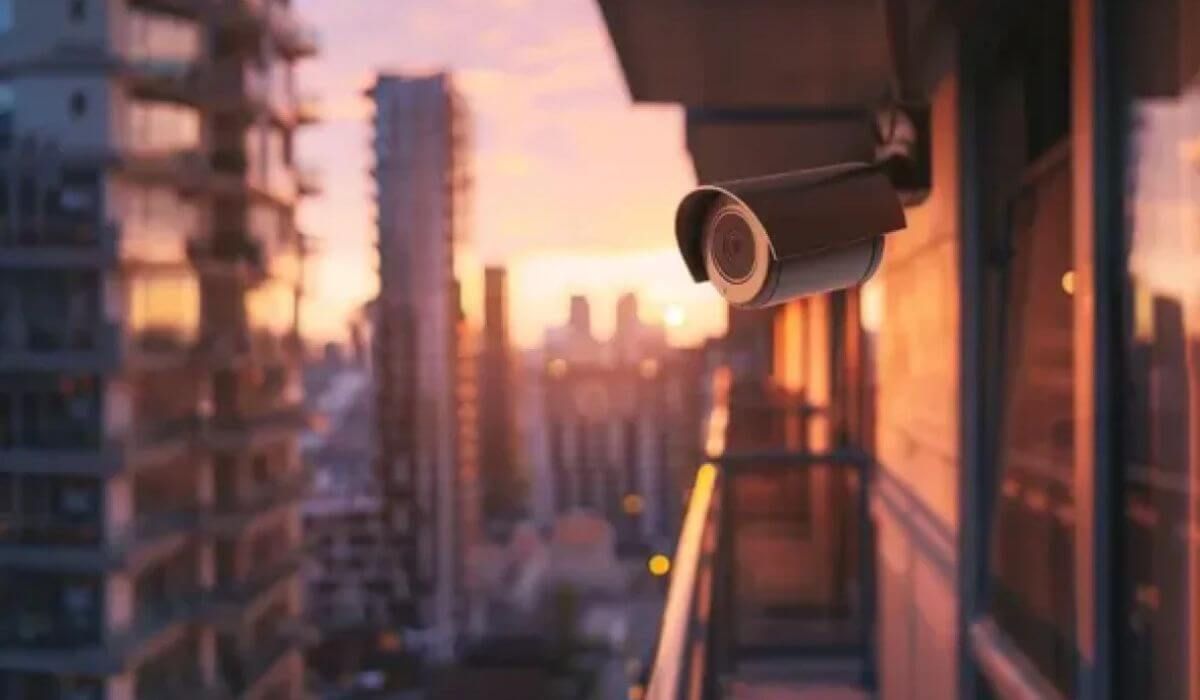
Key Privacy Laws That Apply to Apartment Cameras in Australia
1. Surveillance Devices Acts (State-Based)
In NSW, VIC, QLD and other states, it's generally illegal to record private conversations without consent. So if your apartment camera records audio in addition to video, and it captures people unaware, you may be breaching state laws.
2. The Privacy Act 1988 (Cth)
This national act doesn't usually apply to individuals installing personal cameras, but body corporates and service providers (like security firms) must handle footage according to this law, especially regarding data retention and access rights.
3. Strata Laws and By-Laws
Each apartment building’s owners' corporation can set rules around what can be installed on common property, including shared walls, ceilings, and entryways. In NSW, changes to common property typically require strata committee approval or a special resolution at a general meeting.
Where Can You Legally Place Apartment Security Cameras?
- Inside your apartment unit
- Over your private balcony or entry door, if the camera does not record shared spaces
- In hallways or facing neighbour doors
- On common walls or ceilings without strata approval
- Audio recording in shared areas without consent
If your camera unintentionally captures part of a shared hallway, it's best to speak with your building manager or SCAVI’s team for a compliant setup.
Do You Need Strata Approval for Security Cameras?
If you’re installing a camera:
- On your own walls and facing inward → No approval required
- On a door or wall that’s part of common property →
Yes, strata approval is needed
In NSW, for example, placing anything on common property usually requires a special resolution vote (75% approval). Some strata schemes have pre-approved guidelines, while others may deny camera installations that affect aesthetics or privacy.
How Can Renters Install Cameras Legally?
Renters should always check two things:
- Their lease agreement – Cameras that require wall mounting or wiring may not be permitted. Wireless, adhesive, or portable cameras are usually fine.
- Landlord permission – If unsure, it’s best to notify your landlord or agent, especially if the device records shared spaces.
For renters,
wireless indoor cameras that stay within the apartment and don't modify property are the safest legal route.
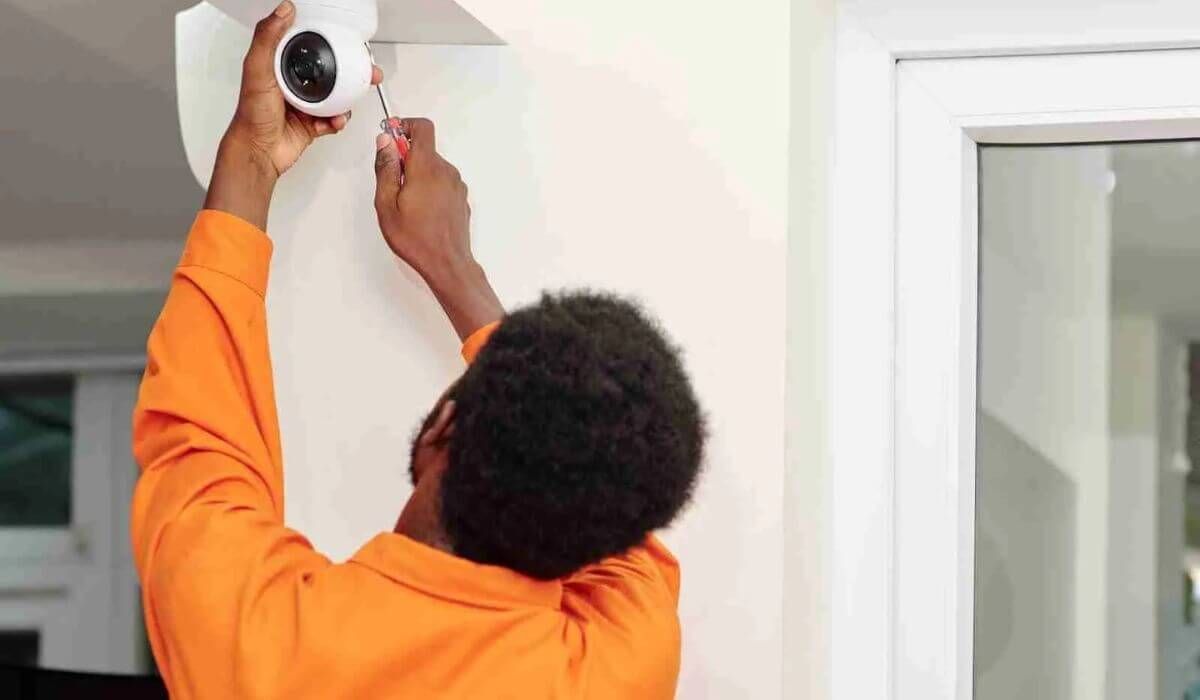
What to Do If You Feel Your Privacy Is Being Breached
If you suspect a neighbour’s camera is:
- Recording you without consent
- Overlooking shared areas
- Mounted on common property without approval
You can take action through:
- The
strata committee or building manager
- Your local
civil and administrative tribunal (e.g., NCAT in NSW)
- In serious cases, the
Office of the Australian Information Commissioner (OAIC) or
police, especially if laws on surveillance or harassment are breached
Best Practices to Stay Compliant and Avoid Conflict
- Always install cameras
within your own unit boundaries
- Angle cameras away from common areas and neighbour windows
- Avoid
audio recording unless essential, and
notify guests where appropriate
- Store footage securely, especially if it contains others
- When in doubt, ask your
building manager or consult with experts like SCAVI
Why Work With a Professional Like SCAVI?
Many issues around apartment security camera rules come down to poor placement, unclear policies, or lack of technical knowledge. That’s where SCAVI steps in.
- We
assess your apartment’s layout and strata regulations
- Recommend the best
non-invasive camera systems for renters and owners
- Ensure your setup is
compliant with privacy laws
- Offer
installation and
support tailored to apartment living
Whether you're adding one indoor cam or designing a system for strata-wide use, we’ve got the knowledge to do it right.
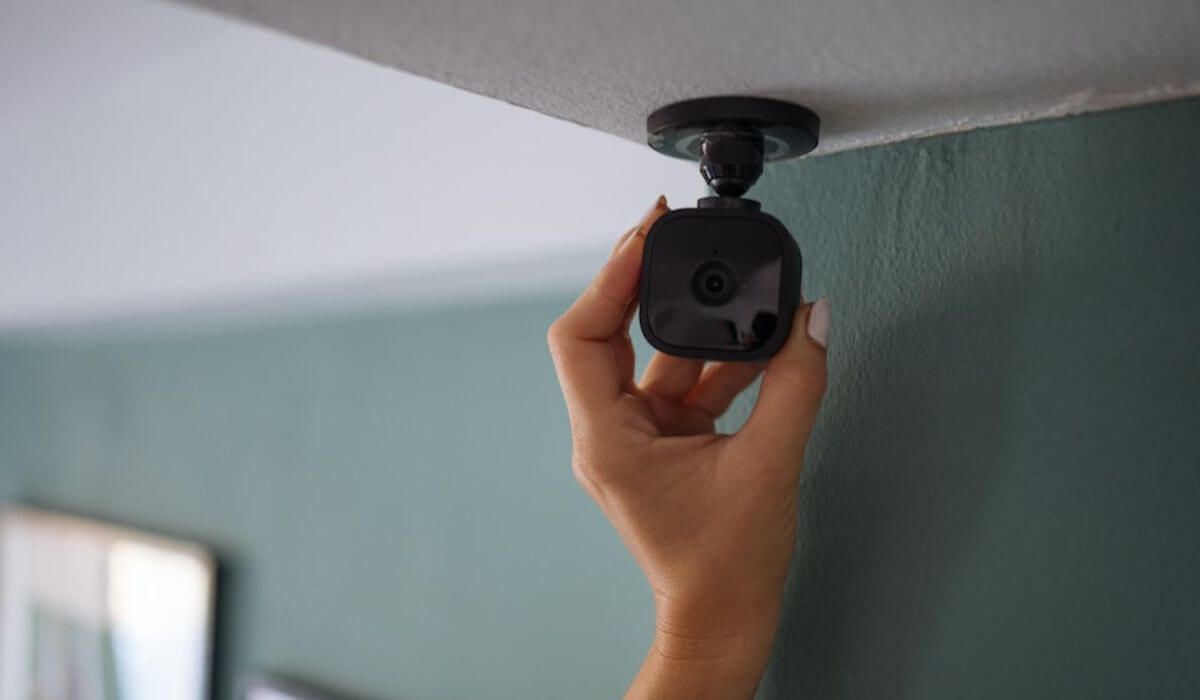
Understanding Apartment Security Camera Rules in Australia
Staying secure in your apartment shouldn’t come at the cost of legality or neighbourly trust. Understanding the apartment security camera rules in Australia helps you make smart, compliant choices—whether you’re installing a simple door cam or a multi-camera system.
And if you’re unsure about your building’s policies or the best devices to use, don’t risk it alone.
This article is brought to you by SCAVI – Sydney’s trusted name in security and AV installation services.
Reach out to our team today for a free consultation and camera setup that keeps you safe—and within the law.

